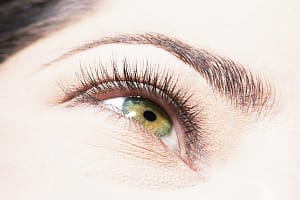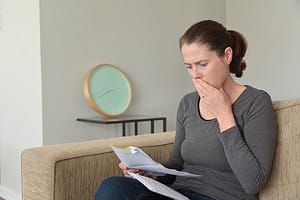Menstruation shouldn’t be a tought topic to talk about. More than half the world’s population have periods, and teaching your child that menstruation is natural is the first step in opening the conversation. But how do you get the conversation going, and what should you cover? While talking about menstruation with your child, here are some of the things that you can tell them to help prepare for their first cycle.
Blood isn’t a bad thing
Helping your child understand that the appearance of blood doesn’t mean anything is wrong or bad is a really important message. Unfortunately, many of us have experienced stigma as a result of this perfectly normal biological process, but it’s something that we can help our children avoid. Normalising conversations about their first period and reinforcing the fact that the appearance of blood is not a bad thing can help them as they experiences their bodily changes.
Stick to the facts
The best way to empower your child is to stick to the facts when it comes to discussing their first period. It can be tempting to sugar-coat terms and facts when speaking to our children, but it’s helpful to stick to the facts and use the correct terminology wherever possible, including the likes of vagina and vulva. Using other terms and expressions can be confusing for your child and can seem as if you’re trying to dodge or cover up the natural biological process, so it helps to stick to the facts and appropriate terms wherever possible.
Ask if they’ve noticed any changes
An easy way into the conversation about your child’s first period is to ask them if they have noticed any changes in their body that they would like to discuss. Some of the early signs of puberty include breast buds, body odour, and pubic hair, and girls can start puberty anywhere between the ages of 8 and 13. Asking your child if they have noticed any changes empowers them to invite you into the conversation and doesn’t feel as if you’re pressuring them into talking about this sensitive topic.
Explain the basics
You don’t need to go overboard when discussing your child’s first period, and explaining the basics is enough to help them understand what is happening to their body. For instance, tell them that some bloody fluid may trickle out of their vagina over the course of 3-7 days and that they can use tampons and pads to collect it so that it doesn’t stain their clothes. It’s also helpful to inform them about some other symptoms that they might experience, including bloating, cramping, headaches, and tenderness of their breasts, so that they’re not caught off-guard when experiencing their first period.
Equip them with the right period products
Once you’ve started talking about menstruation with your child, you can then equip them with the right period products. Riley’s First Period Bundle has everything that your child will need as they starts menstruating. The bundle contains day and night pads including light insert pads, tampons, a storage pouch, and some cosy socks to help your child through their first cycle. You can also direct your child to Riley’s super helpful ‘My First Period’ resource, where they can find out all of the information that they need to know about menstruation and what to expect.
The most important thing to remember is to support your child through these natural bodily changes and to help them understand that it’s perfectly normal. With the right support and products, they can understand their monthly period without stigma and avoid feeling as if something unnatural is occurring within their body.






Leave a Comment